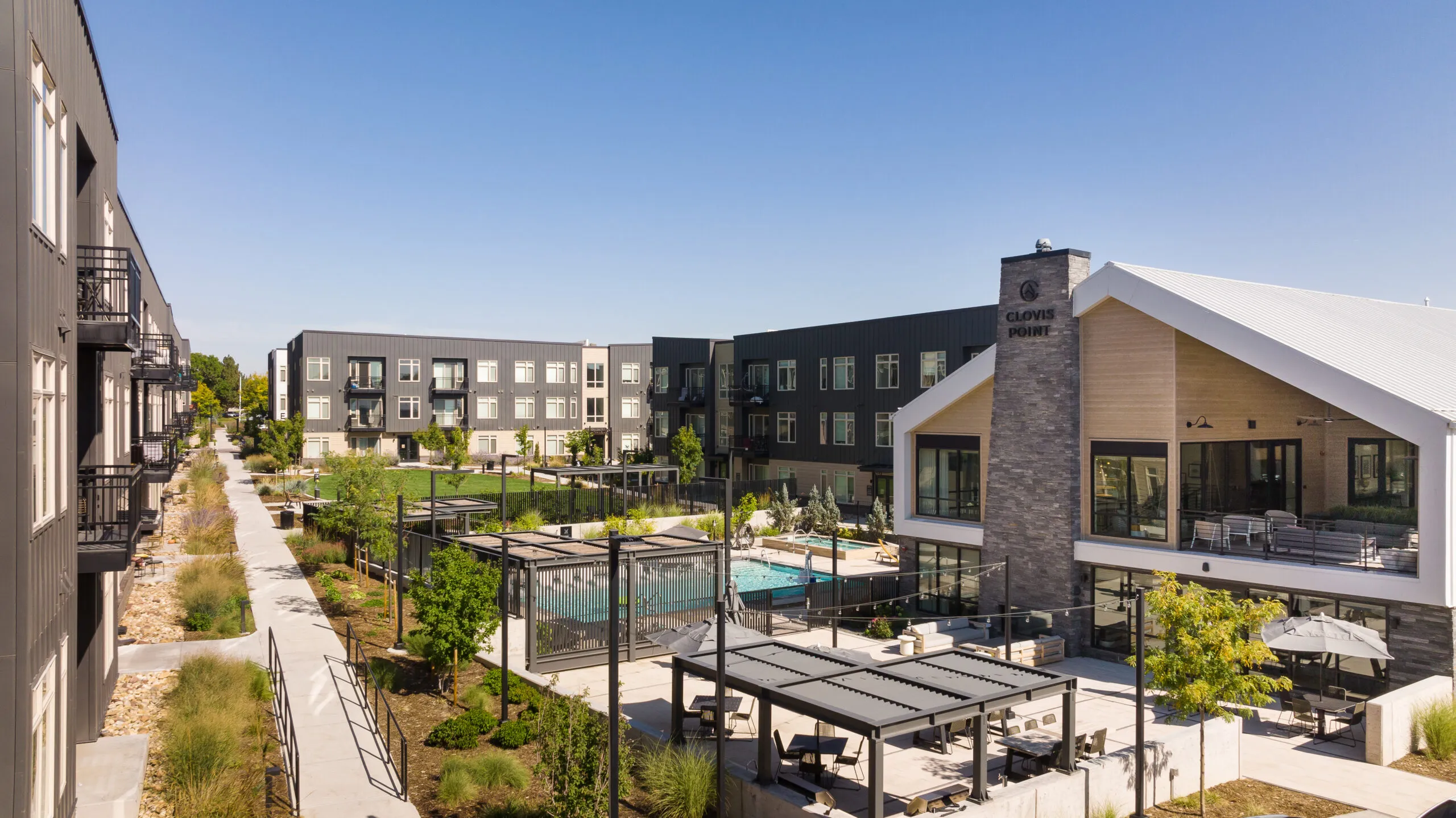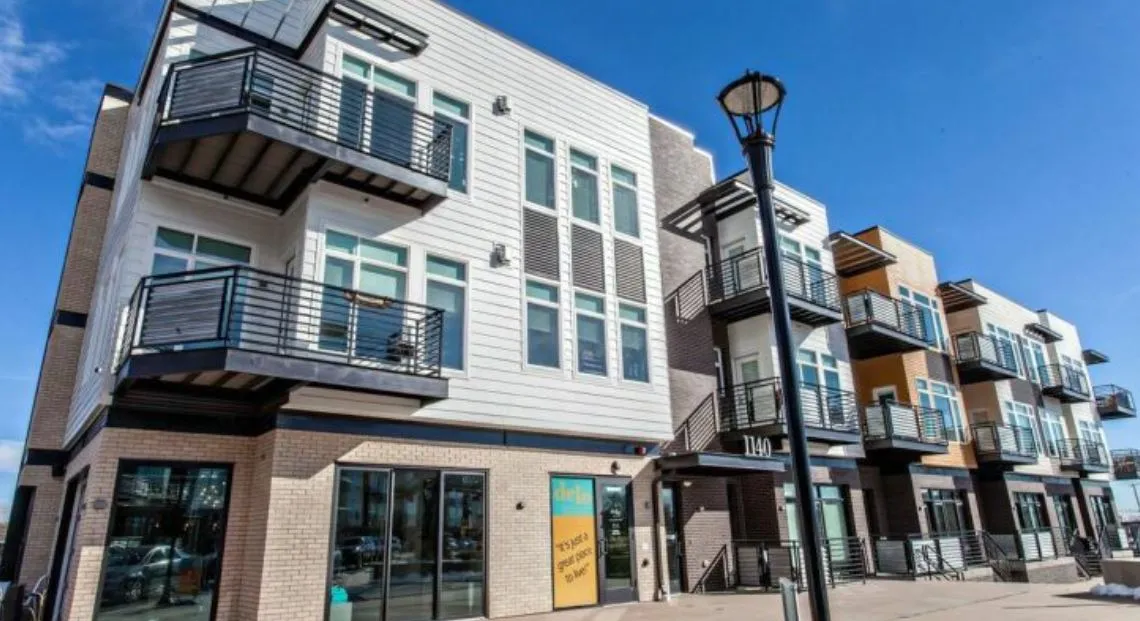Migration, not births, drives area’s population
LOVELAND — Colorado and Northern Colorado will continue to grow over the coming years, but it won’t be because of births. Rather, in-migration will be the primary driver of population growth, according to Elizabeth Garner, Colorado’s state demographer.
Garner addressed the BizWest Northern Colorado Real Estate Summit held at the Embassy Suites by Hilton in Loveland on Tuesday.
“We’re seeing a significant slowdown in growth,” she said, meaning that the state will need to compete vigorously to continue to attract the best and brightest — which has been the case over the past several years.
THIS ARTICLE IS FOR SUBSCRIBERS ONLY
Continue reading for less than $3 per week!
Get a month of award-winning local business news, trends and insights
Access award-winning content today!




